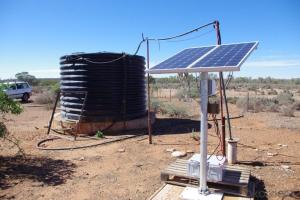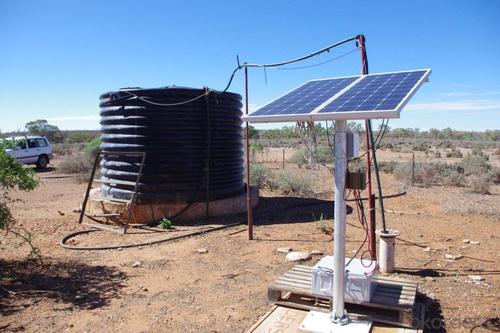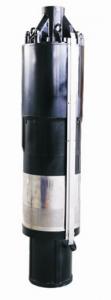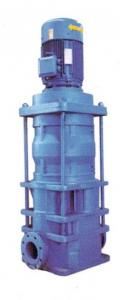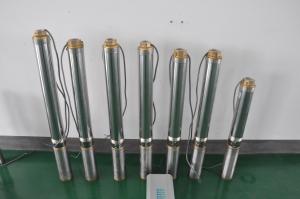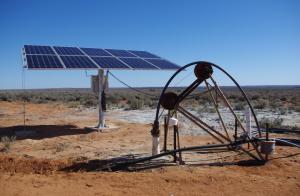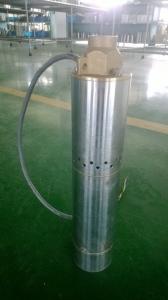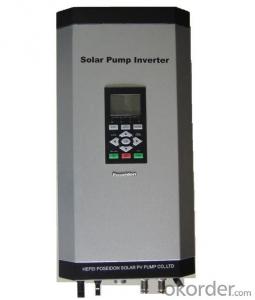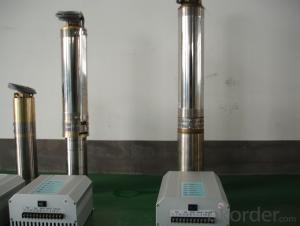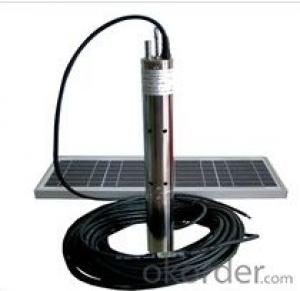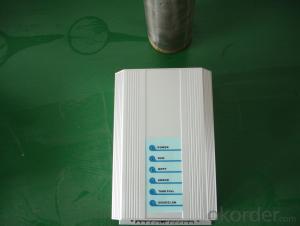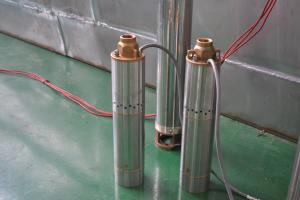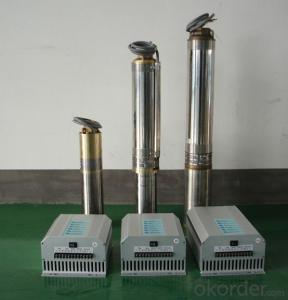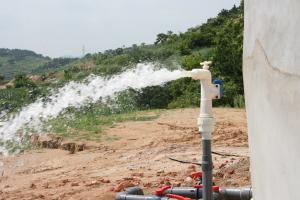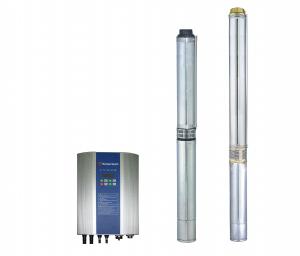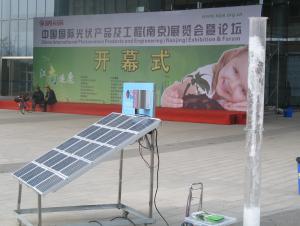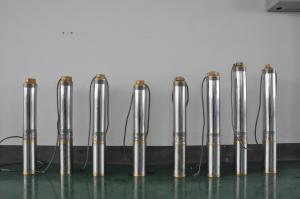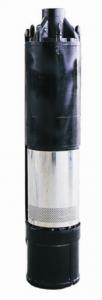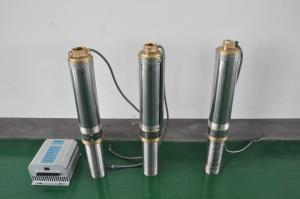Harbor Freight DC Solar Screw Water Pump
- Loading Port:
- Shanghai
- Payment Terms:
- TT OR LC
- Min Order Qty:
- -
- Supply Capability:
- 300 set/month
OKorder Service Pledge
OKorder Financial Service
You Might Also Like
how is the rotor made:
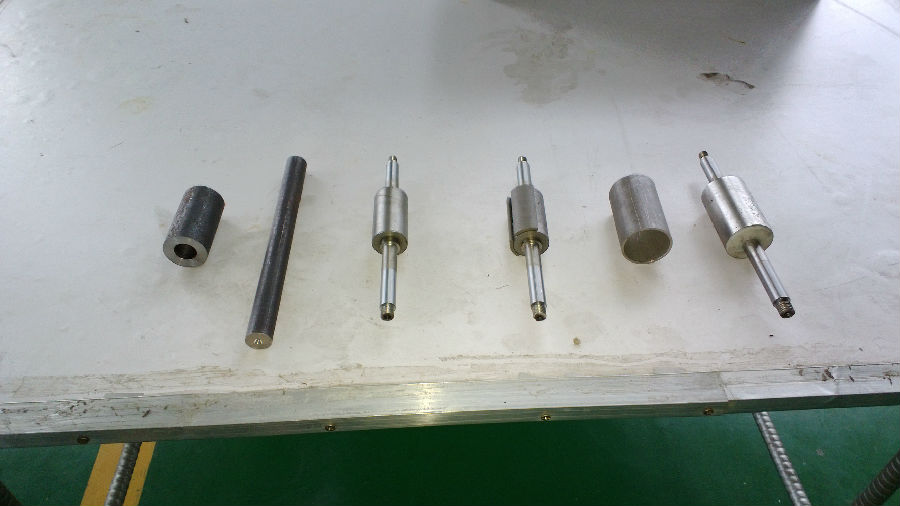
how is the motor made:
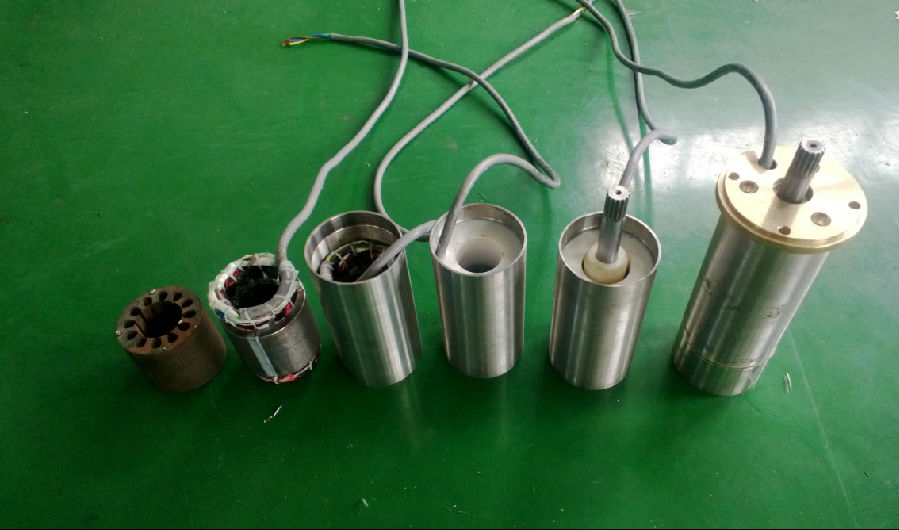
the pump :
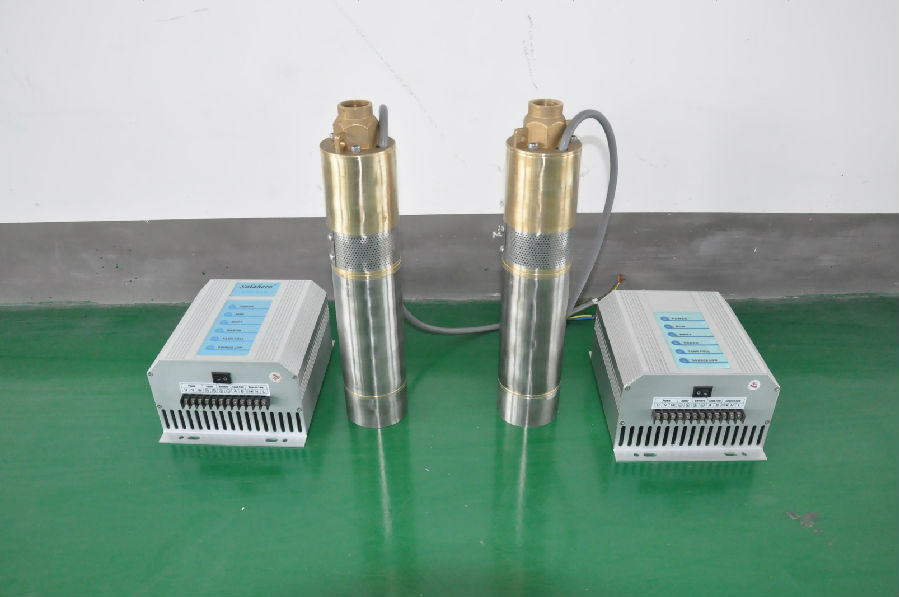
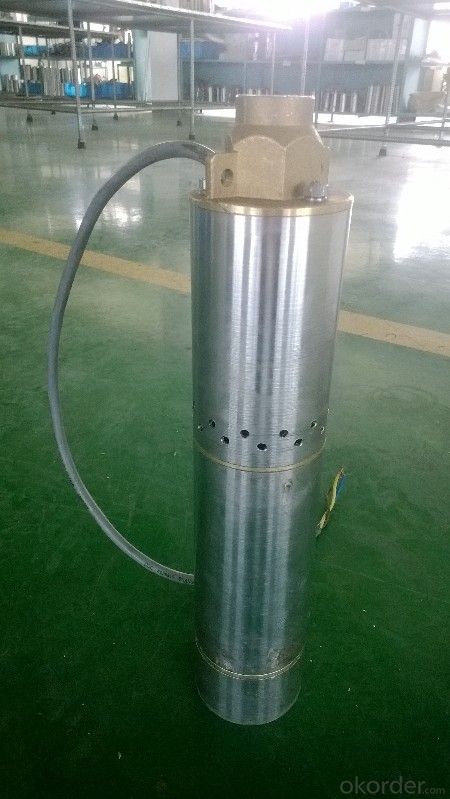
controller terminal connection:
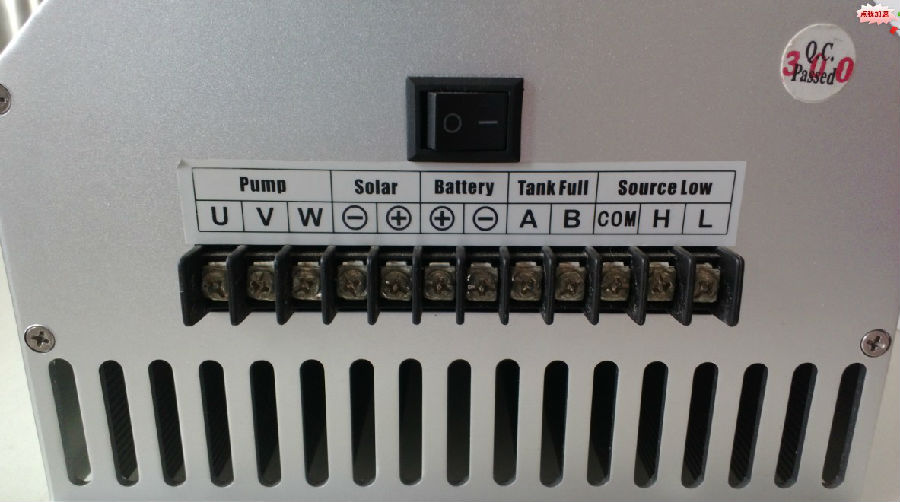
Motor 24V:
1 matainance-free brushless DC motor
2 water filled
3 premium materials,Stainless steel SS304
4 no electronic in the motor
rated power:0.1-0.15kw
effiency:more than 95%
motor speed:1750rpm
isulation class:F
enclousre class:IP68
submersion: max 250m
Controller SPC200:
power:max.150w
input voltage:max.36V
motor current:max.8A
effiency:max.95%
ambient Tem:-20C-----50C
enclosure:IP54
The permanent magnet:
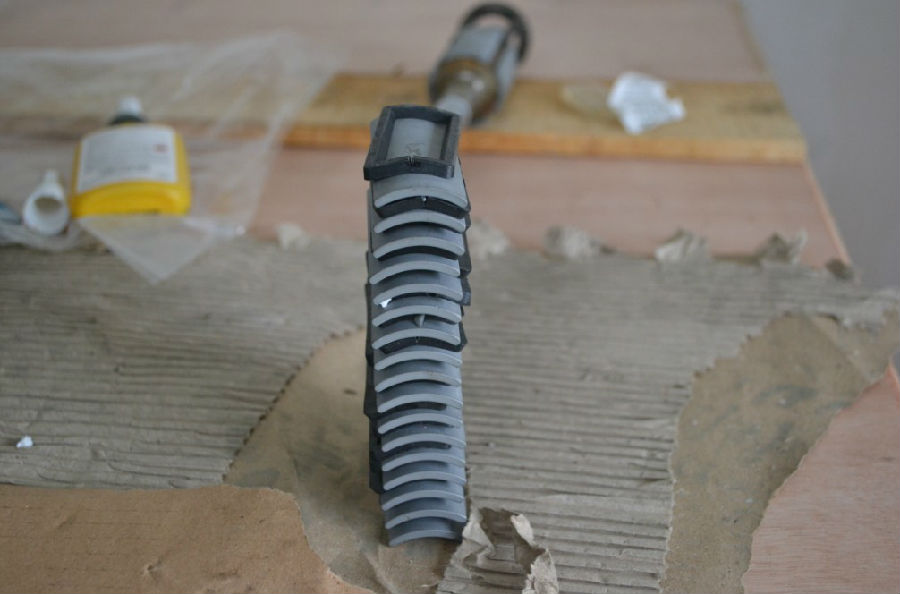
the helical screw:
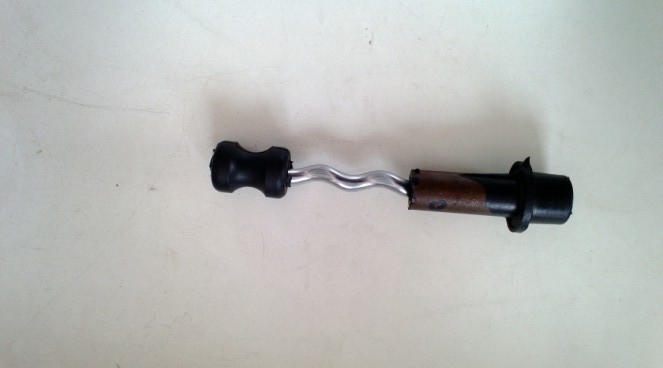
controller box:
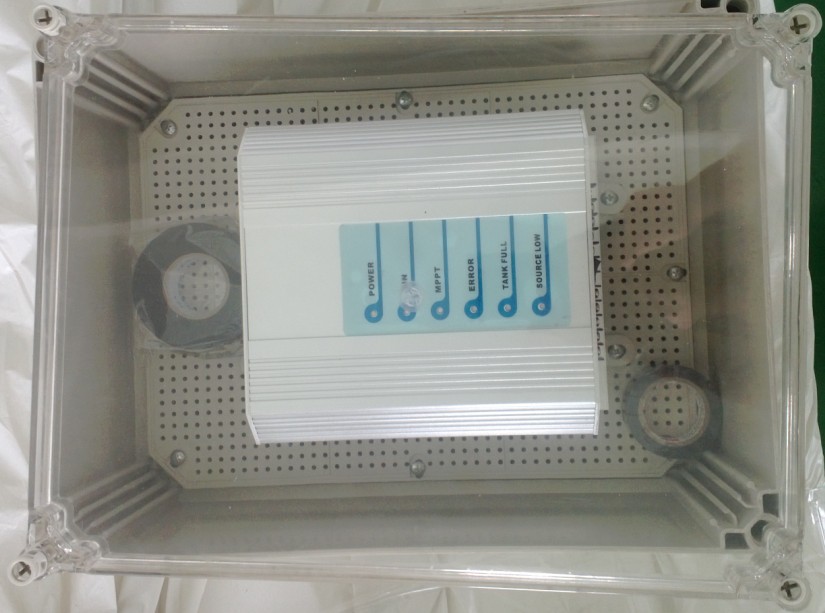
the senors:
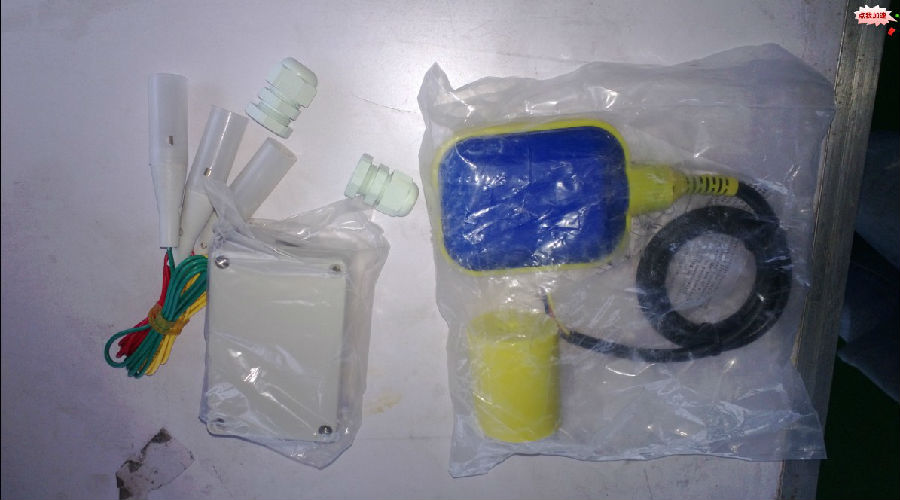
the test:
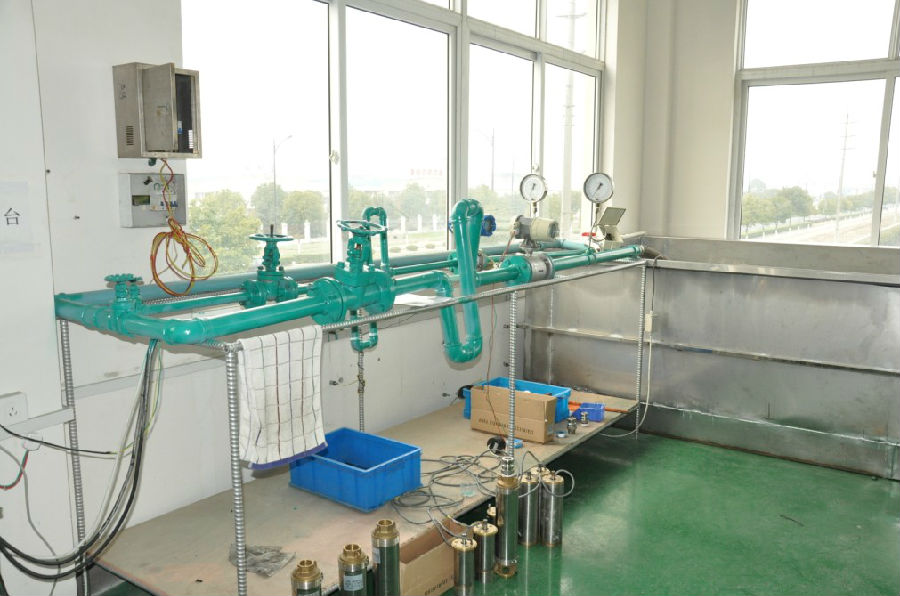
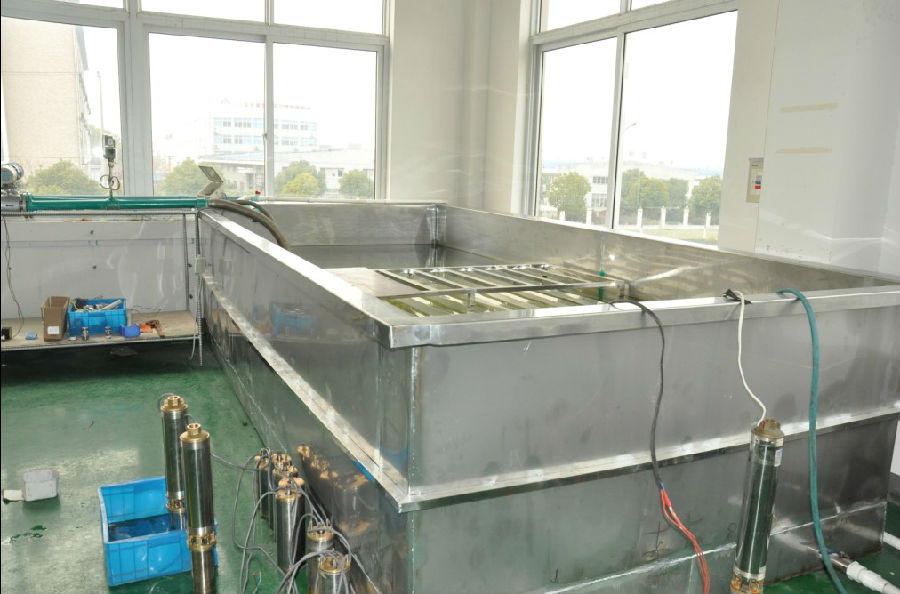
the application:
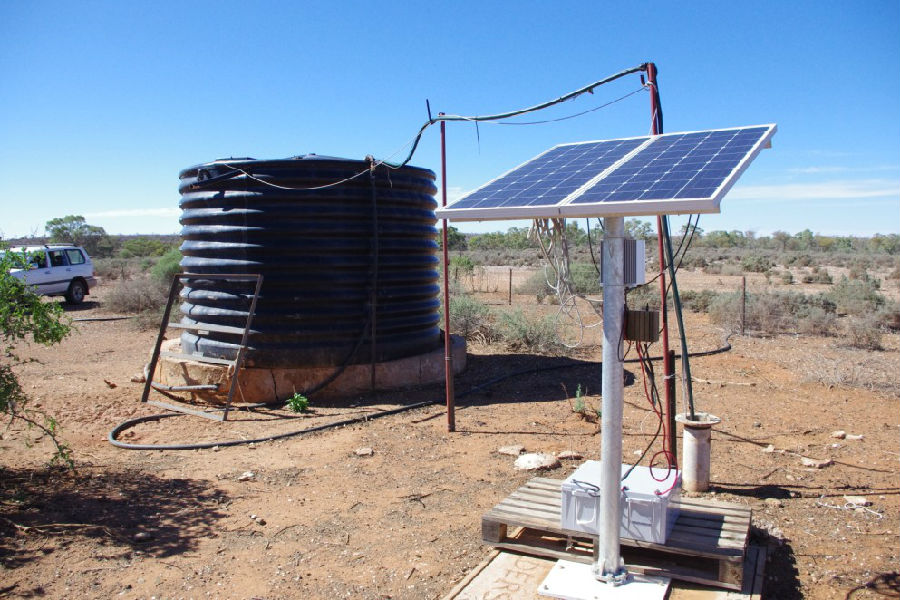
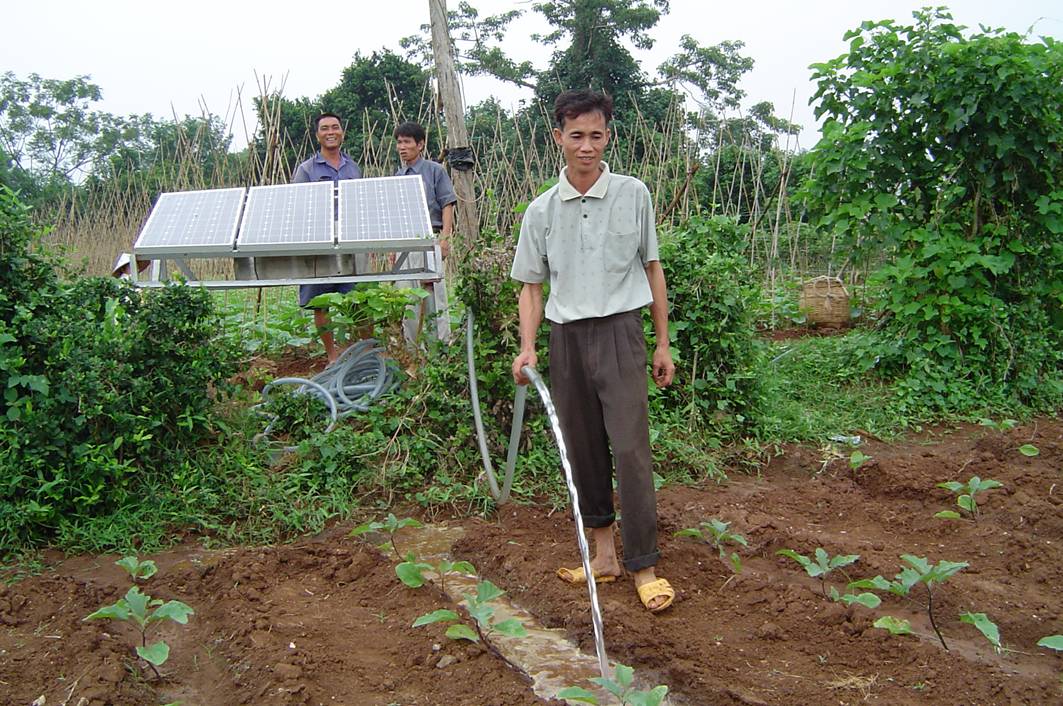
the package:
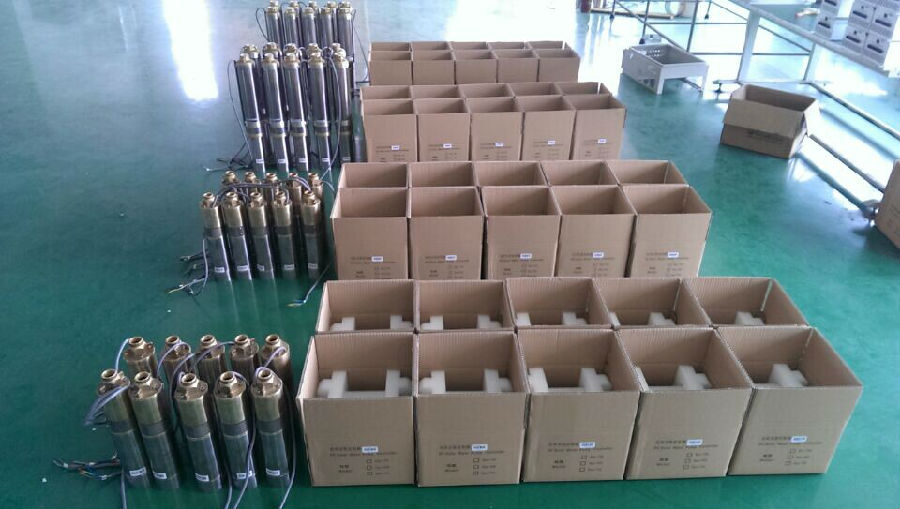
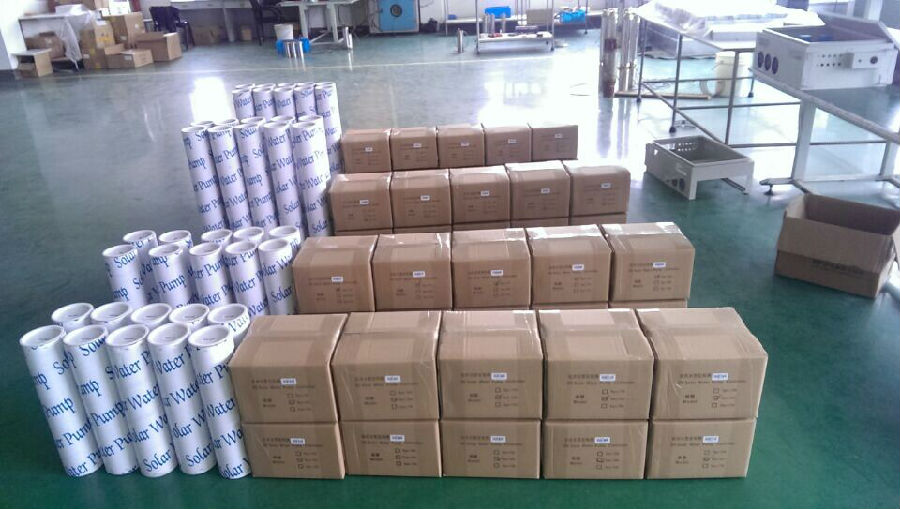
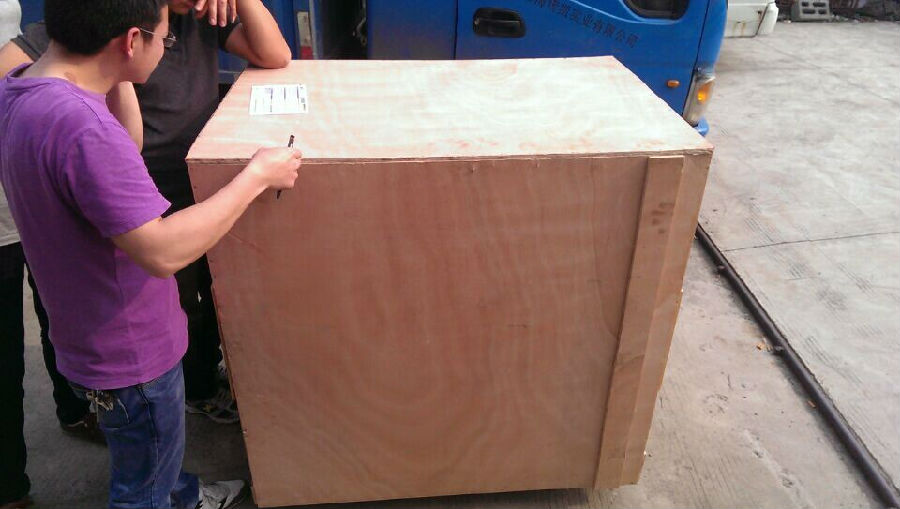
- Q: Can a solar pump be used for water circulation in a hot tub or spa?
- Yes, a solar pump can be used for water circulation in a hot tub or spa. Solar pumps are designed to circulate water using energy from the sun, making them an eco-friendly and cost-effective option. They can effectively circulate and filter water in a hot tub or spa, ensuring proper circulation and maintaining water quality.
- Q: How does the solar self-priming pump be installed?
- 1. Pump through the long-distance transport to reach the use of the scene, before installation to check the machine parts are intact, fasteners should be fastened to check the pump shaft and motor shaft concentricity, if the shift should be corrected.
- Q: Can a solar pump be used for water supply in off-grid fish farms?
- Yes, a solar pump can be used for water supply in off-grid fish farms. Solar pumps are an excellent and sustainable solution for providing water to fish farms located in remote areas where grid electricity is not available. These pumps are powered by solar energy, meaning they do not require any external power source or fuel, making them cost-effective and environmentally friendly. Solar pumps can be used to extract water from a water source such as a river, lake, or borehole, and deliver it to the fish ponds or tanks. They can be designed to provide a constant flow of water, ensuring that the fish have an adequate supply for their growth and well-being. The use of solar pumps in off-grid fish farms offers several advantages. Firstly, it reduces the dependence on fossil fuels and grid electricity, which can be expensive and unreliable in remote locations. Solar pumps are powered by sunlight, which is renewable and abundant, making it a sustainable solution for long-term water supply. Additionally, solar pumps require minimal maintenance as they have fewer moving parts compared to traditional pumps. This reduces the risk of mechanical failures and the need for frequent repairs, resulting in lower operational costs and increased efficiency. Moreover, solar pumps can be easily integrated into existing fish farm infrastructure without significant modifications. They are available in various sizes and capacities, allowing for customization based on the specific water requirements of the fish farm. In conclusion, a solar pump can indeed be used for water supply in off-grid fish farms. It provides a reliable, cost-effective, and environmentally friendly solution for ensuring a continuous and sustainable water supply to support the growth and health of fish in remote locations.
- Q: Can a solar pump be used in areas with limited access to water wells?
- Yes, a solar pump can be used in areas with limited access to water wells. Solar pumps are a viable alternative to traditional pumps because they can operate using solar energy, eliminating the need for a grid connection or fuel. This makes them suitable for remote areas where water wells may not be easily accessible. Additionally, solar pumps can be used to extract water from various sources such as rivers, lakes, or underground reservoirs, providing a reliable water supply in areas with limited access to water wells.
- Q: Can a solar pump be used for cooling systems in data centers?
- Yes, a solar pump can be used for cooling systems in data centers. Solar pumps are a sustainable and energy-efficient option for circulating coolants or water in cooling systems. They can provide the necessary flow rates and pressure required to remove heat from data center equipment, helping to maintain optimal operating temperatures while reducing reliance on conventional power sources.
- Q: How does the maintenance cost of a solar pump system compare to a traditional electric pump?
- Compared to traditional electric pumps, solar pump systems generally have lower maintenance costs. This is because solar pumps have fewer moving parts and no complex electrical systems, reducing the risk of mechanical failure and the need for extensive maintenance. Solar pumps operate using solar panels, which have a long lifespan and require minimal upkeep. The primary maintenance tasks for a solar pump system involve regularly checking and cleaning the solar panels to ensure optimal performance. Additionally, occasional maintenance may be required for the pump itself, such as lubrication and inspection of connections. On the contrary, traditional electric pumps require more frequent maintenance due to the complexity of their electrical systems and moving parts. These pumps often have motors, wiring, and other components that can wear out over time, necessitating maintenance or replacement. The electrical connections also need to be regularly inspected and maintained to prevent potential issues. Furthermore, traditional electric pumps are typically connected to the grid, making them susceptible to fluctuations in electricity prices. This can result in higher operational costs compared to solar pumps, which rely on the sun's energy and do not incur ongoing electricity expenses. Overall, although both solar pump systems and traditional electric pumps require maintenance, the maintenance cost of a solar pump system tends to be lower due to its simpler design, fewer moving parts, and reduced reliance on external power sources.
- Q: What is the maximum suction lift a solar pump can handle?
- The solar pump's ability to handle maximum suction lift depends on several factors, including the pump's type and size, the efficiency of the solar panels, and the elevation difference between the water source and the pump. Typically, suction lifts ranging from 6 to 20 feet (1.8 to 6.1 meters) can be managed by solar pumps. Nevertheless, it is crucial to refer to the manufacturer's specifications and guidelines for the particular solar pump being utilized, as various models may have distinct limitations. Additionally, it is important to note that increasing the suction lift may result in decreased overall performance and efficiency of the solar pump.
- Q: How does the presence of shading affect the performance of a solar pump system?
- The presence of shading can significantly impact the performance of a solar pump system. Shading on even a small portion of the solar panels can greatly reduce the overall efficiency of the system by reducing the amount of sunlight reaching the panels. This decrease in sunlight can decrease the power output of the system, leading to reduced pump performance and potentially even complete shutdown in certain conditions. Therefore, minimizing shading and ensuring that the panels receive maximum sunlight is crucial for optimal performance of a solar pump system.
- Q: What is the maximum pressure a solar pump can generate?
- The maximum pressure a solar pump can generate depends on various factors such as the specific model and design of the pump, the amount of sunlight available, and the pumping system's efficiency. However, solar pumps typically have the capability to generate pressures ranging from 20 to 100 pounds per square inch (psi) or higher.
- Q: Does the efficiency of a solar pump decrease over time?
- The efficiency of a solar pump may decrease as time goes on. Several factors contribute to this decline in efficiency. One major factor is the aging of the solar panels themselves, which degrade over time due to exposure to weather conditions, UV radiation, and other environmental factors. As the panels degrade, their ability to convert sunlight into electricity decreases, resulting in a lower overall efficiency for the pump. Additionally, the efficiency of the pump's motor may also decrease over time. Wear and tear on motor components, such as bearings, seals, and brushes, can lead to reduced performance and efficiency. If these components are not properly maintained and serviced, they can become less efficient and require more power to operate the pump effectively. Furthermore, the accumulation of dust, dirt, and debris on the solar panels can also affect the pump's efficiency. When the panels are dirty, they absorb less sunlight, resulting in lower energy production and reduced efficiency. Therefore, it is crucial to regularly maintain and clean the solar panels, as well as properly service the motor components, to prevent and minimize the decline in efficiency over time. By taking these necessary steps, the efficiency of a solar pump can be maintained and, in some cases, even improved.
Send your message to us
Harbor Freight DC Solar Screw Water Pump
- Loading Port:
- Shanghai
- Payment Terms:
- TT OR LC
- Min Order Qty:
- -
- Supply Capability:
- 300 set/month
OKorder Service Pledge
OKorder Financial Service
Similar products
Hot products
Hot Searches
Related keywords
